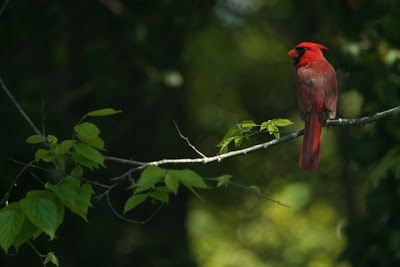Charlie Rugeroni reports from our recent holiday to Southern Portugal...Cistanche phelypaea
Spanish Festoon
Spoonbill
"Our holiday would take us from the banks of the Rio Gilao in the middle of the Parque Natural da Ria Formosa, with its coastal lagoons, tidal flats, saltmarsh and saltpans with a backdrop of Lygos monosperma (Retama monosperma) covered in clusters of white flowers, via the precipitous cliffs of Cabo Sao Vicente, renowned both historically and as a classic site for botanists, to the Baixo Alentejo plains dotted with foaming male Great Bustards displaying in the early morning light � with Black Vulture, Ophrys ciliata, Paeonia broteroi, Blue Rock Thrush and the dulcet tones given in chorus from flocks of Bee-eaters thrown in for good measure.
The lack of winter rains would mean a paucity of plants, however, we not disappointed with the abundance and variety observed in our travels. Clearly, the whole issue of drought was of a more serious concern for farmers and the economy than for this itinerant group. The stout, impressive stems of Cistanche phelypaea with its bright shiny flowers heralded life amongst the Chenopods, albeit parasitic, and the papery pink flowers of Limoniastrum monopetalum were beginning to emerge from the silvery-blue-green stems. Close views of Slender-billed Gull and Spoonbill would be an almost daily occurrence as would Kentish Plover, while at night the display calls of Stone Curlew beat counting sheep.
During our stay on the coast the Hotel Vila Gale Albacora, built in the old abandoned tuna fishing village, provided the ideal base from which to visit Castro Marim, near the Spanish border in the east to the Sagres peninsula and the Cape in the west, with the Barrocal and Pera Marsh in between.
In the less exposed positions on the cliff tops on way to Cabo de Sao Vicente, the south-westernmost point on the European mainland, the Juniper grows with the coastal dwarf Cistus palinhae, and in sandier soils we came across the rose scented Antirhinnum majusssp. cirrhigerum, holding its flowers in the Juniper and Corema album�canopy�. Peregrines stooped while an Alpine Accentor danced on the precarious cliff ledges.
Our climb through the Monchique Hills eventually took us to the wonderful Quinta do Baranco da Estrada, an oasis of peace and tranquillity set overlooking a semi-natural reservoir. Here Crested Tit, Rock Bunting and Cirl Bunting in the nearby valley kept birders happy, whilst the loud humming flypast of Violet Carpenter Bees on Wisteria, Broad-bordered Bee Hawkmoth on Periwinkle and Green Tiger Beetles kept the invert-enthusiasts in paradise. Ubiquitous spider crabs made their presence felt on most Cistus ladanifer flowers.
Then came the rolling steppes of the Baixo Alentejo in the very early morning (or was it the very late night?) with the sun just creeping up over the horizon and steam rising from the streams into the cold morning air. There before us, fifty or more male Great Bustards displaying, �foaming and frothing� and puffing up their feathers to the females, when all of a sudden four of them, like Sumo wrestlers, decided that a fight was necessary to commandeer territory and dominance � quite impressive and not often witnessed.
Little Bustards, Black-bellied Sandgrouse, Black Vulture, juvenile Spanish (surely that should be Iberian?) Imperial Eagle, Black-winged Kite, Azure-winged Magpie, and Calandra Lark were amongst some of the birds enjoyed on a magical day on the plains. Later coffee and Portuguese cakes at the Quinta prepared us for another delicious supper from Daniella, whom together with Frank, our intrepid guide in the Alentejo, own and run the Quinta do Baranco. On another day, Spanish Festoon flitted alongside a Scilla monophyllos masquerading, with its nearby colleagues, as S. bifolia.
All too soon our trip came to an end but not before spotting Leucojum tricophyllum back on the coast ahead of our checking-in at Faro airport, and the first heavy rain of the holiday. Perfect timing!"




















































